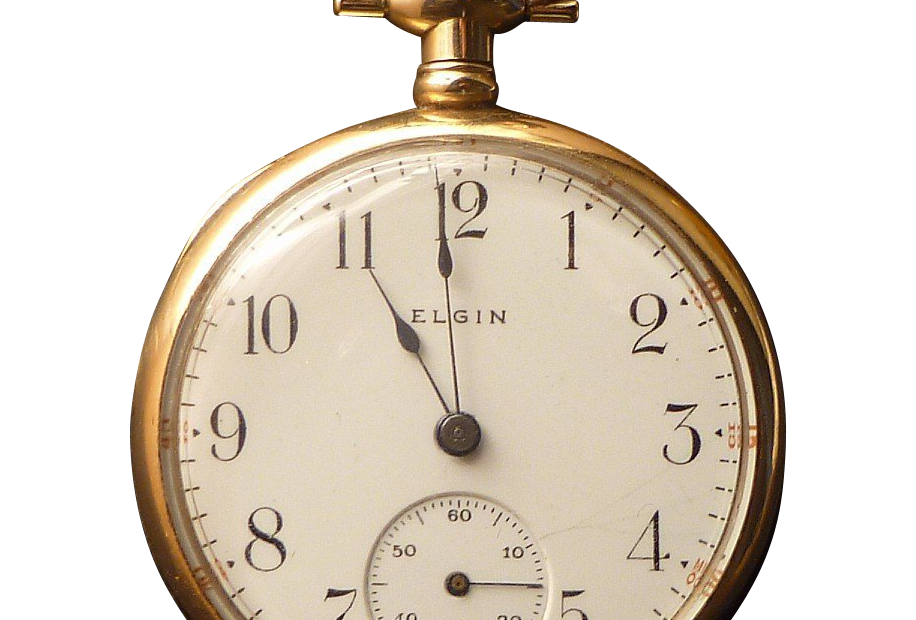Pocket watches are some of the most collectable items ever. They are mechanical wonders that have been made for hundreds of years. These ticking beauties however, need to be serviced. In this series, parts 1, 2 and 3, you will see the full teardown and service of an American pocket watch.
Check out a list of tools I recommend for watch repair!
Watch the Videos Here…
Are you New to Watch Repair?
So, one of the things I like to tell people who ask about getting into watch repair, is that pocket watches are one of the best places to start.
Today’s current mechanical watches are not that much different than all the pocket watches I’ve seen over the years. The technology has not changed all that much. The wonderful part of working on pocket watches is that they are larger than a mechanical wrist watch, so the parts tend to be easier to work with.
If you stick with American pocket watches (I say that, because I’m in the USA), parts are easy to get, and manufacturing of American pocket watches far surpassed that of European watches of the time.
Tips for the beginner
- Start with a cheap or inexpensive watch. Working or not, something that you won’t be afraid to start digging around in. I would never give a new watch technician a $10,000.00 watch to start, and you should keep that in mind when you start.
- Make sure that you are organized. Some watches may only have 60 or 70 parts, others have literally hundreds of parts. Make sure that you keep these parts organized and away from others that my disrupt your workspace.
- Take pictures! This is important for newbies… Today, most of us have smartphones, and they all have cameras. Use the camera to document the process of disassembly. It will help you when you go back to put a watch together, as you can use the photos for reference.
- Handle parts with care… I say this in every video I make. Parts can bounce around if dropped or handled improperly. The balance wheel, hairspring and pallet fork are some of the most delicate parts to handle while removing, cleaning and assembly. Keep that in mind. Don’t be afraid, just be careful. Heavy hands do not work well with watch repair.
- Bench pads, or mouse pads make for good places to work on. They are soft, and parts do not generally bounce around and get lost on soft surfaces.
- Keep parts in parts trays. You can get inexpensive trays anyplace today. These compartmentalized trays help you stay organized.
- Keep an open mind, and think mechanically. If you are a mechanically oriented person, then you will find that watches are very simple machines. Try not to over complicate this by over-thinking.
- Make sure you examine the parts as you disassemble a watch. Look for obvious signs of damage or debris. It is Easy to spot
- If you feel overwhelmed… Take a step back and don’t push yourself. A break from working on small parts can be helpful and needed sometimes. As you get used to your workflow, you will be much more comfortable with the process of working on these small items… Take your time.
- Most damage is done when assembling a watch, so, this is the process you need to slow down on, and manage yourself more closely. There are steps to follow, and if you follow those, carefully, you will almost always be pleased with the end results.
